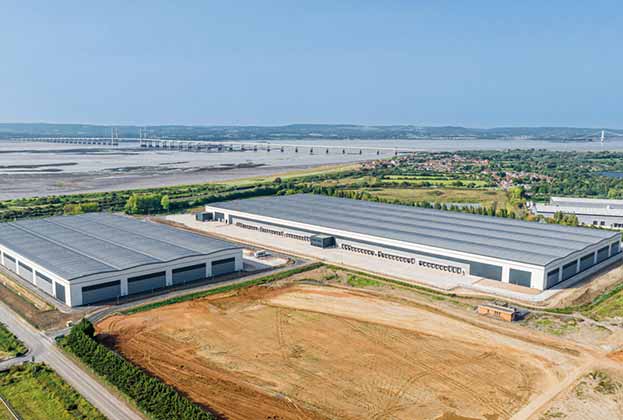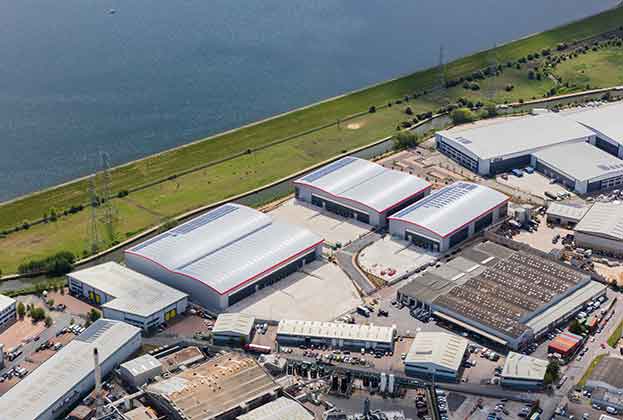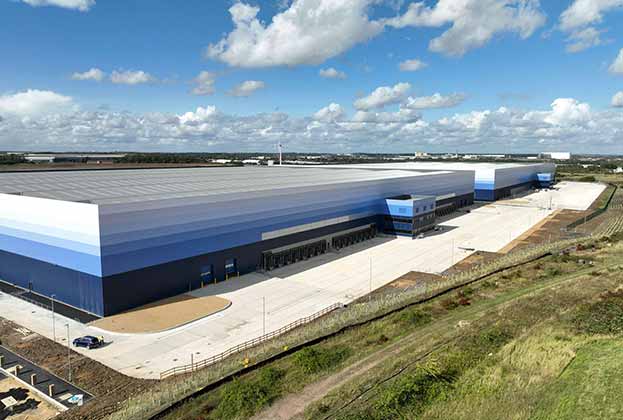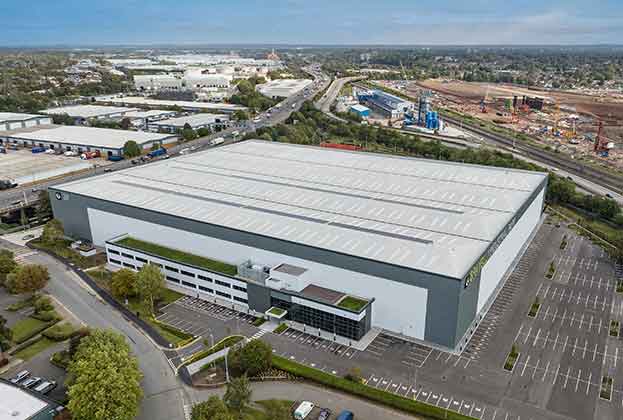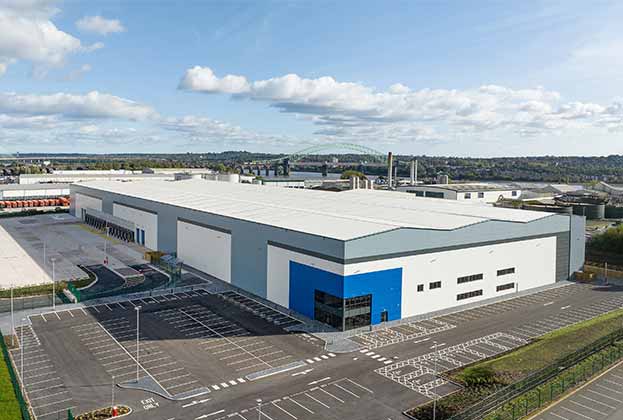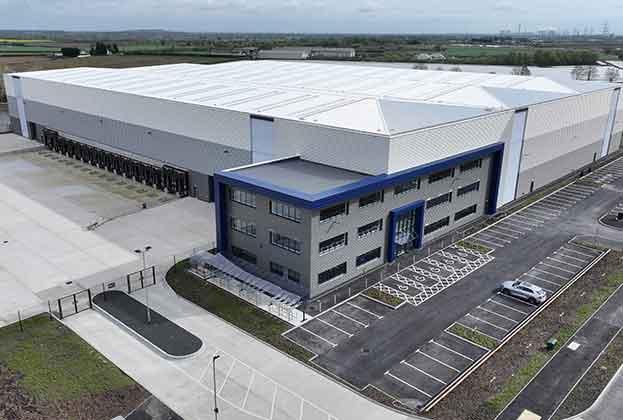Clearing out the cupboards we came across a historic document: a 1999 report detailing the potential future impact of e-commerce on the industrial warehouse market. With internet use still in its infancy, the paper predicted that a potential boom in online retail would lead to a significant increase in demand for suitable warehouse space, which would change the shape of supply chains for good.
Almost 20 years ago only 29 per cent of UK households had a home PC, with online retail transactions totalling just under £300 million. Today, according to the Office for National Statistics, in London alone, 93 per cent of adults have regular access to the internet with online spending across the country hitting more than £65 billion last year.
Despite the fact that drones and driverless vehicles are a reality in 2018, 1999 was considered a watershed year in terms of technological advancement. According to a survey of 250 top retailers that Savills undertook at the time, 100 per cent of them believed that there was a future in online retail, however only 35 per cent had a transactional website. Today it’s safe to say that a poor internet presence has been the downfall of more than one business.
So just what impact did this have on logistics at the time? Back in 1999, when just over 1 million sq ft of warehouse space was let to online retailers in six months, this was hailed as a dramatic shift with e-commerce taking off far quicker than anyone could have anticipated. Now, however, online retail giants such as Amazon take as much as 2 million sq ft in a single transaction – a far cry from its first acquisition of 40,000 sq ft in Slough.
According to the survey, while 85 per cent of retailers agreed that they would need to acquire more warehouse space, 29 per cent had absolutely no idea what shape this might take, be that local delivery hubs or regional and national distribution centres. This comes as no surprise, as this shift didn’t happen overnight. In fact it’s only as recently as 2016 that take-up of warehouse space by online retailers overtook traditional retailers for the first time.
While the 1999 report gave a pretty good indication of things to come, the growth of online retail has undoubtedly eclipsed expectations. In the last few years we have witnessed record levels of take-up and a critical shortage of stock, yet the sector shows no signs of slowing.
So what’s next for the industry? Already, we have seen patents registered for underground, flying and even underwater units. However sensationalist these may seem, the reality is that traditional large warehouses are no longer just boxes based on 1990s supermarket retailers’ needs. Instead, we can expect to see further innovation around design and specification. Mezzanines, battery charging and driverless HGV marshalling areas will no doubt become common, not to mention an increase in data centres to handle the ever growing demands of the sector.
Further information
Read more UK Logistics: Big Shed Briefing
.jpg)
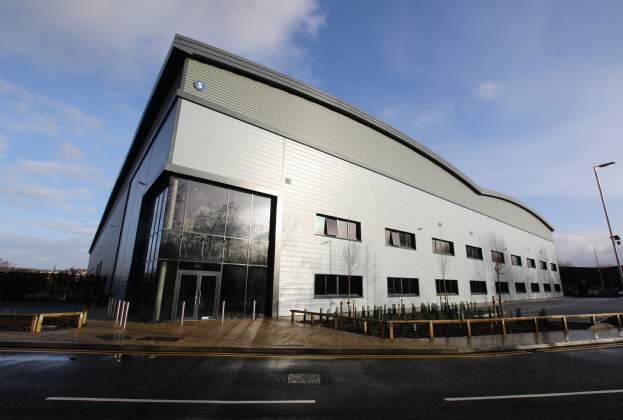
.jpg)

.jpg)
